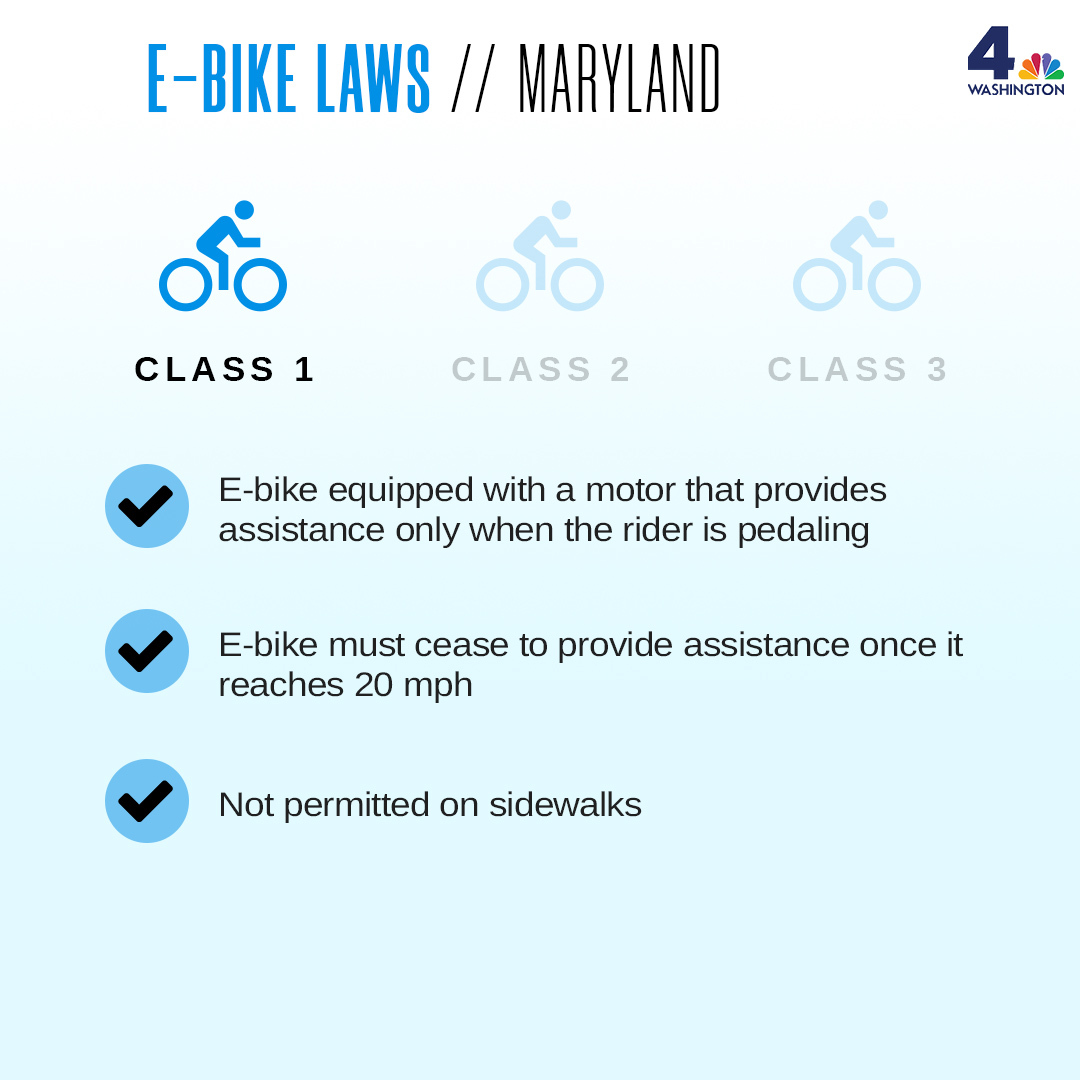Before you hop on your e-bike and hit the streets, it's vital to understand the laws and laws that govern your city. From speed limits to assigned riding locations, there's a lot to think about to ensure you're compliant and safe. By familiarizing on your own with the policies certain to e-bikes, you'll be better equipped to appreciate your adventures with no unexpected lawful issues. Stay tuned to find key understandings that will certainly assist you navigate the e-bike landscape in your city seamlessly.
Recognizing E-Bike Category
When it involves browsing the world of e-bike laws and regulations, a vital starting point is recognizing the classification system that classifies these electrical bikes. E-bikes are usually identified into three major groups: Course 1, Class 2, and Course 3.
Class 1 e-bikes are pedal-assist just, meaning they supply aid while the biker is pedaling and have a maximum speed of 20 miles per hour. These bikes are allowed locations where traditional bikes are allowed.
Class 2 e-bikes are outfitted with a throttle that can thrust the bike without pedaling. They likewise have a maximum speed of 20 mph and appropriate for cyclists who may require assistance without pedaling continually.
Class 3 e-bikes are similar to Class 1 however with a greater maximum speed of 28 miles per hour. These bikes are frequently restricted from particular bike courses or trails because of their greater speeds.
Comprehending these categories is crucial for complying with regional laws and ensuring a safe and satisfying e-biking experience.
Browsing Speed Limits and Constraints
To properly navigate e-bike regulations and guidelines, it's essential to understand the rate limitations and restrictions that relate to different courses of electrical bicycles.
Rate limits for e-bikes vary relying on the category of the bike. https://cleantechnica.com/2024/09/24/my-first-fat-tire-e-bike-cleantechnica-review-of-haoqi-eagle/ -bikes, which are pedal-assist just and have a maximum speed of 20 mph, are usually enabled on bike lanes and courses.
Course 2 e-bikes, which have a throttle in addition to pedal-assist and likewise reach speeds of up to 20 mph, might be restricted in specific locations where motorized vehicles aren't permitted.
Class 3 e-bikes, with pedal-assist as much as 28 miles per hour, are generally required to comply with the very same guidelines as typical bikes.
It's important to stick to these speed limitations and limitations to guarantee your safety and security and the security of others when traveling. Before riding your e-bike, familiarize on your own with the certain policies in your city to stay clear of any possible fines or lawful problems.
Where to Adventure Your E-Bike
To identify where you can ride your e-bike, it's essential to be aware of the regulations and standards details to your area. In a lot of areas, e-bikes are commonly allowed on roads and streets where standard bikes are permitted. This might consist of bike lanes, bike courses, and shared highways. Nevertheless, it's essential to examine regional legislations as some cities may have details constraints on where e-bikes can be ridden.
When riding your e-bike, always focus on safety and security by complying with website traffic regulations and appreciating pedestrian pathways. Furthermore, be mindful of any designated bike lanes or paths in your area and use them whenever feasible to guarantee a smoother and much safer adventure.
Some cities additionally have guidelines relating to e-bike usage on walkways, so see to it to acquaint on your own with these regulations to avoid any kind of penalties or fines.
Conclusion
Now that you know with the laws and laws surrounding e-bikes in your city, you can with confidence hit the road recognizing where you can ride and what limitations put on your e-bike category. Keep in mind to always prioritize safety and security and comply with the rules to make sure a smooth and lawful experience. Delighted riding!
